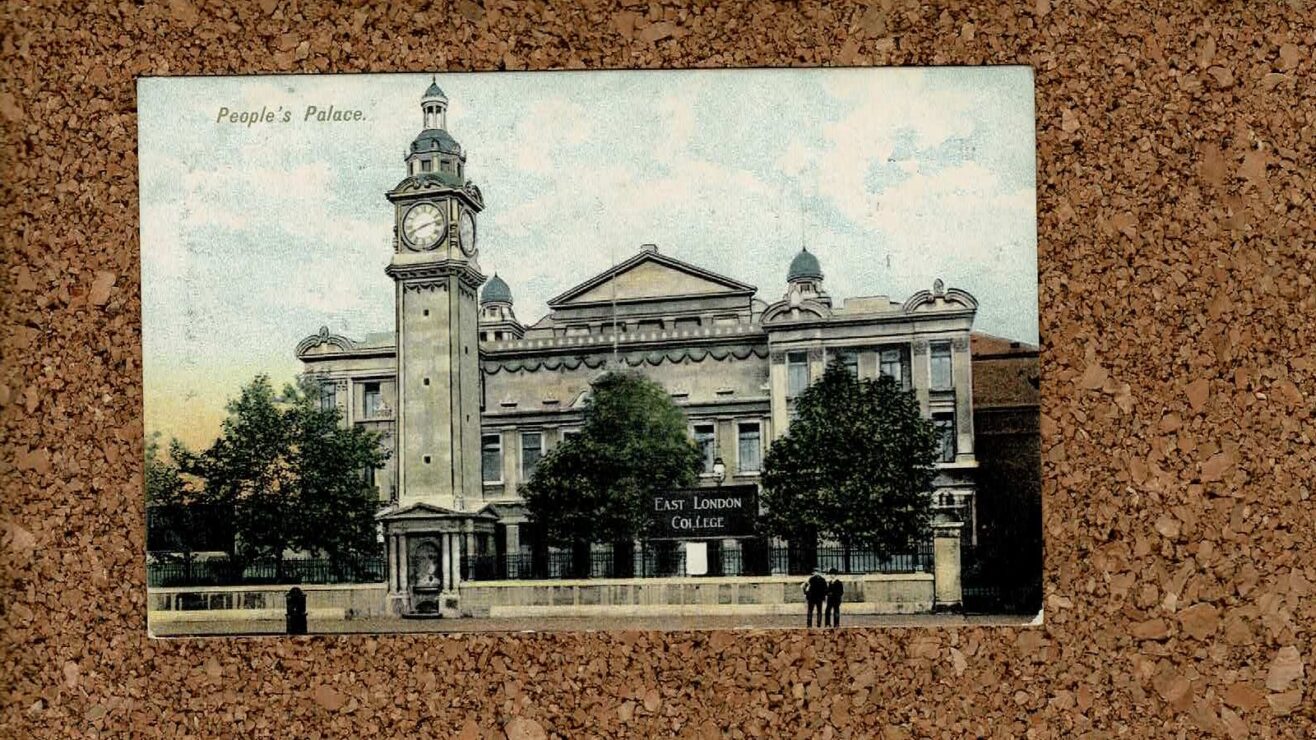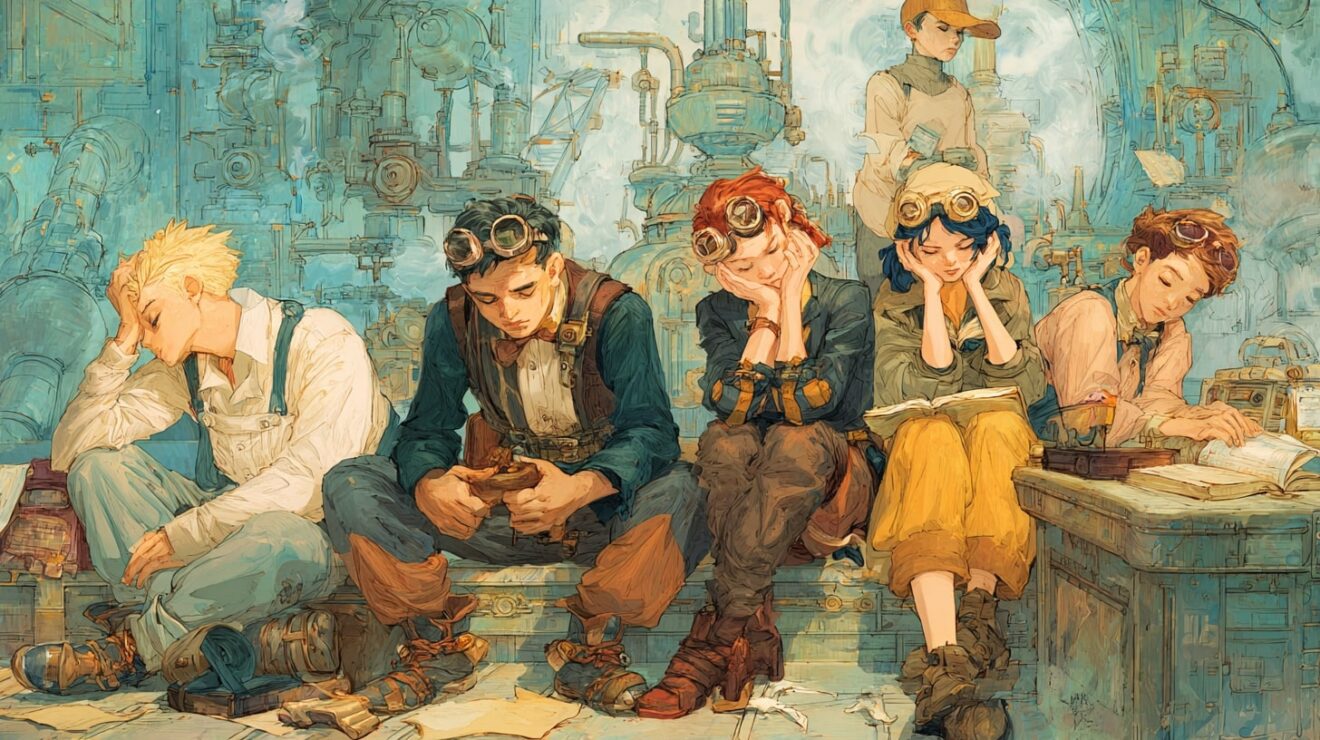We have a new government and many in higher education will be immensely relieved.
The Conservative government’s attacks on so-called “low value” courses hit creative arts provision particularly hard.
But unless we rethink the way we measure the value of a university degree, the new government risks repeating the mistakes of the old.
Degrees of value
There are currently two ways the government measures that worth: the graduate outcomes survey, which students complete fifteen months after leaving university; and modelling based on lifetime predicted earnings. These utilitarian methods, however, are a poor measure of what a creative degree from a university is actually worth.
At the Royal Birmingham Conservatoire, part of Birmingham City University where I serve as vice chancellor, we educate some of Britain’s most talented artists. Among our alumni are producers, musicians, actors, singers, composers, conductors and playwrights. The contribution these people make to British culture is quite literally incalculable. Yet upon graduating, many of our alumni will work freelance or in bars and cafes while they build up their portfolios. It will take many of them years to reach an earnings level commensurate with what the government deems acceptable.
The same may be true for people who study philosophy, English literature, or modern languages. Should we understand the value of these subjects purely in terms of how they prepare the graduate for the world of work?
I don’t think so. They may ultimately provide a path into a fulfilling and sustaining career, but they also cultivate a love of learning, a sense of wonder, and an openness to the world that will last a lifetime.
Growth, but for what?
Which brings us to the threshold of a deeper question. If the purpose of higher education is simply to maximise economic growth, what purpose does economic growth serve? It is, of course, the task of the government to ensure we have a thriving economy. Healthcare services and schools need to be adequately funded. But we know that rising GDP does not guarantee income equality, nor does it guarantee our sense of happiness and wellbeing, nor is it the only measure of the contribution that arts degrees and, by extension, the creative industries make to that sense of happiness and wellbeing.
So, if we are to change the conversation, how might we begin? First, the government needs to change how and what it measures. I was encouraged by Labour’s creative industries sector plan which acknowledged the “intrinsic value” of the arts and envisioned a society where creativity was valued by all. But rhetoric alone will not suffice; we need to couple it with policies.
The Australian government recently launched a national wellbeing framework which measured the country’s progress not only in terms of prosperity, including investment in education, but things like health, sustainability, cohesiveness, and of particular relevance to this article, creative and cultural engagement. Similarly, New Zealand’s treasury established a Living Standards Framework that includes an indicator on arts participation. I could envision a similar government framework, perhaps firstly developed and used by universities to evidence their societal contribution.
Outcomes or impact?
In a 2022 HEPI roundtable Polly Mackenzie, the chief social purpose officer at the University of the Arts London, argued that universities tend to be better at measuring their activities than their outcomes. They need a greater emphasis on purpose and impact, including their contribution to things like societal wellbeing. If universities could provide a greater body of evidence to support their broader value to society, they would have a stronger argument to make about the worth of their creative degrees.
What is the value of a theatre in a small town in the north-east of England or a sculpture in a public park? Such things may be harder to measure but measure them we must.
There is a role for the creative industries in this. I believe that the majority of the public know that artists and art venues are of great intrinsic value, but largely because these organisations must often prove their economic contribution in order to receive government funding, they often neglect to measure their broader societal value. When the sector limits itself to such financial evaluations, it reinforces an instrumental attitude to the arts and ultimately justifies cuts.
But we know that societal value can be measured. An evidence report (DCMS 2020), for example, showed that the arts support social cohesion, wellbeing in adults, and help with children’s social development. However, as the artist Carter Gillies has argued, it is also the responsibility of arts organisations to give society a new perspective in which the arts are already seen as vital, in which the case is made for the value of art in and of itself.
When GDP is our only measure of the arts, we encourage the belief that GDP is the only meaning of the arts. This attitude is not only poisonous to the production of art, but is anathema to the building of a good and decent society.
Because when all is said and done, we must still seek to answer the age-old question of what constitutes the good life. A creative graduate might just have the answer.













So true! I studied Fine Art at BCU over 20 years ago and it was life changing. I chose not to work in the arts but doesn’t mean a creative education doesn’t have an impact
Agreed – my degree in Modern Languages provided me with more of the skills that I need as a Data Analyst than my 2 A-Levels in Maths!
Such an important argument that is key to upgrading the Govt’s basket of measures to more accurately reflect value, thanks David
While the benefits of any educational journey will likely never be fully captured in quantitative data, there are many aspects of national data collection that focus on understanding lived experience, and offer arts educators point of comparison between disciplines. For example, HESA’s Graduate Outcomes survey collects data on subjective wellbeing, and on graduates’ reflections on their activities. We have also used data from the survey to develop a more rounded measure of graduate job quality.
https://www.hesa.ac.uk/data-and-analysis/graduates/chart-17
https://www.hesa.ac.uk/news/13-06-2024/sb268-higher-education-graduate-outcomes-statistics/reflections
https://www.hesa.ac.uk/insight/19-09-2023/non-financial-job-quality-measure-summary
An interesting issue is what is the value or impact of growth on the economy. Prof Richard Murphy of Sheffield University has written the following: “Rachel Reeves is making growth a national mission, so she says. I’m not sure that everybody else is signing up to it but that’s her plan and that’s what she intends to deliver. Why? Because she believes if she delivers growth she will get the extra revenues that she needs in government to deliver the transformation that Labour says it’s going to provide for our society. Does this make any sense? I have to tell… Read more »